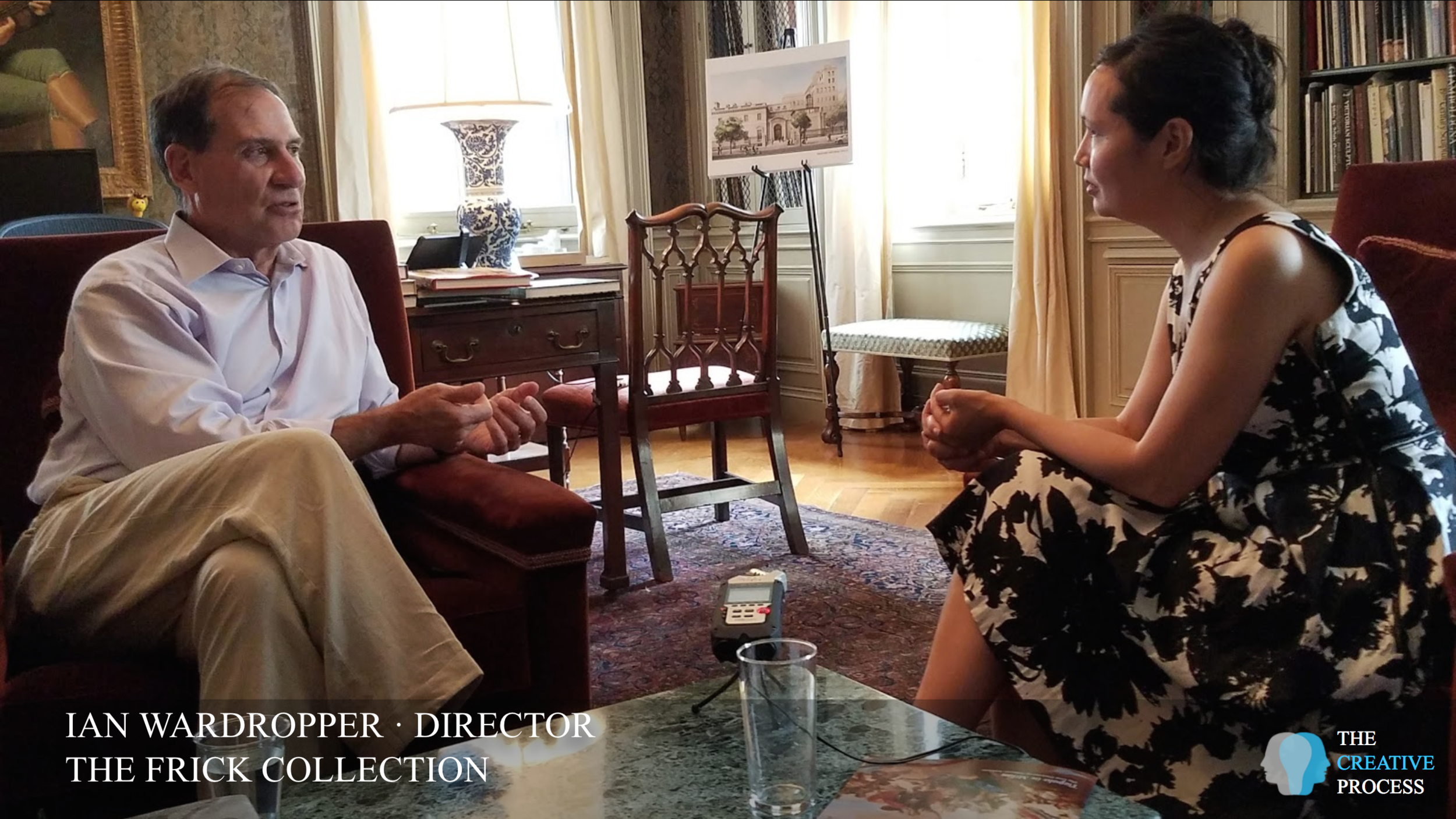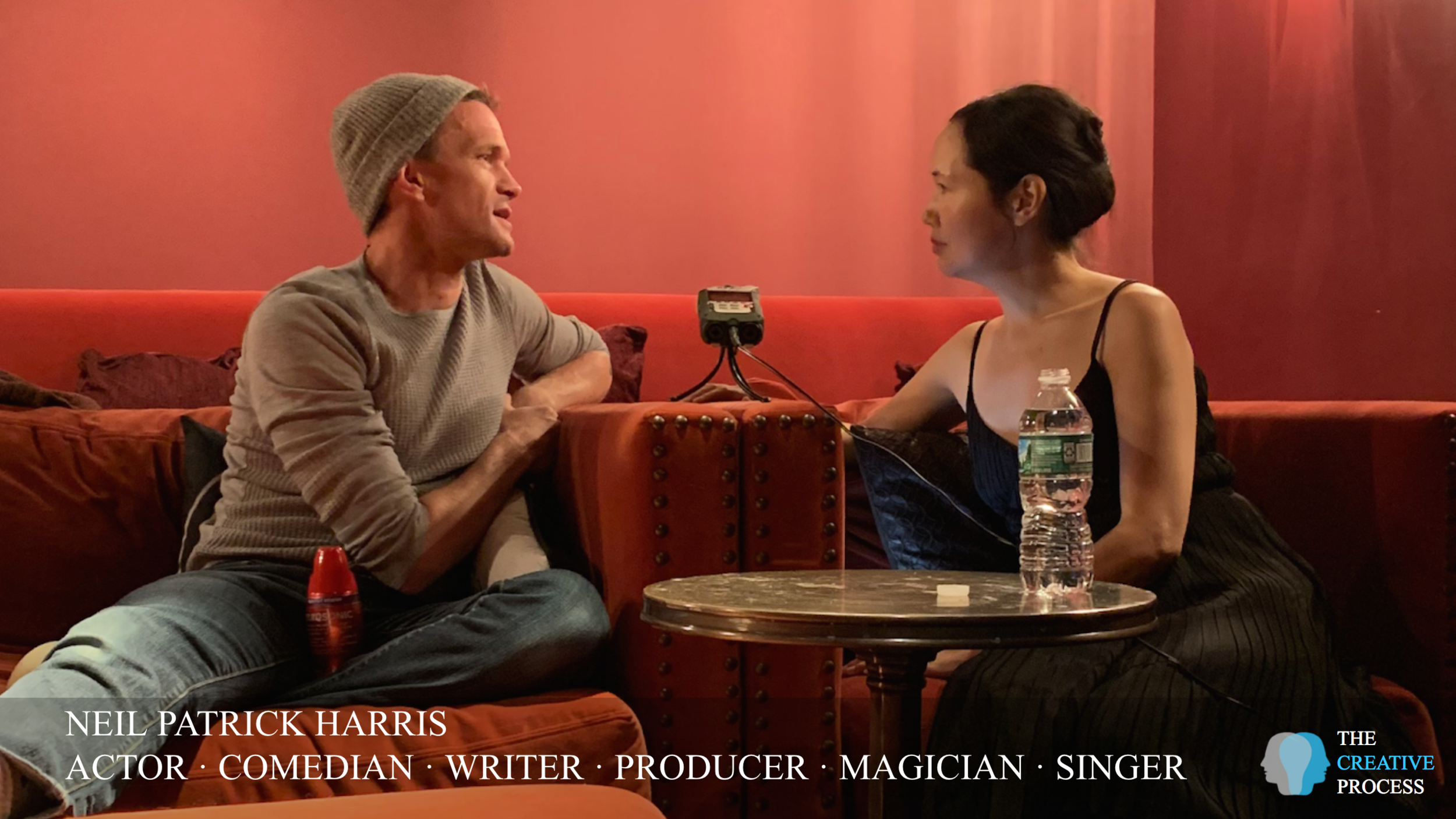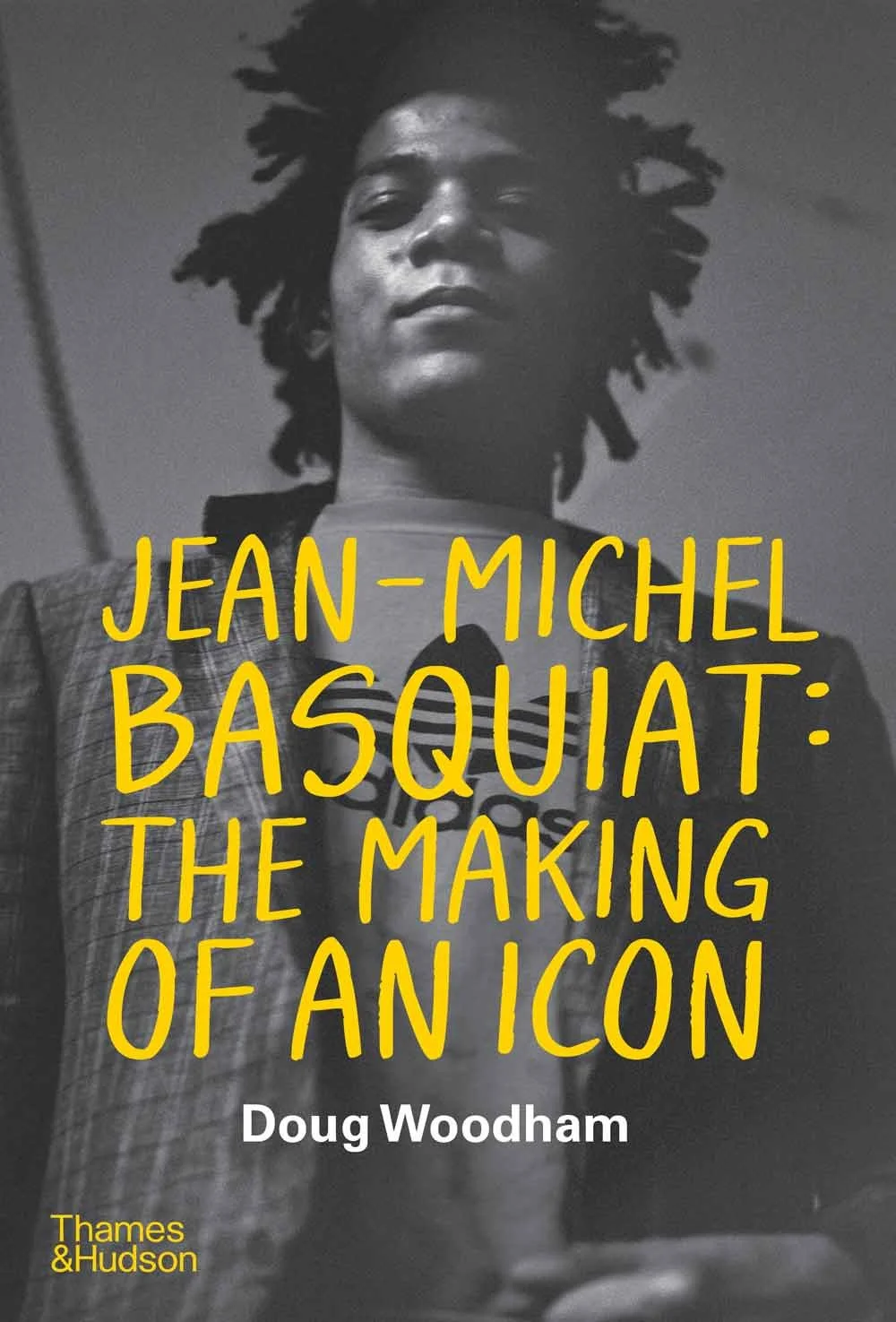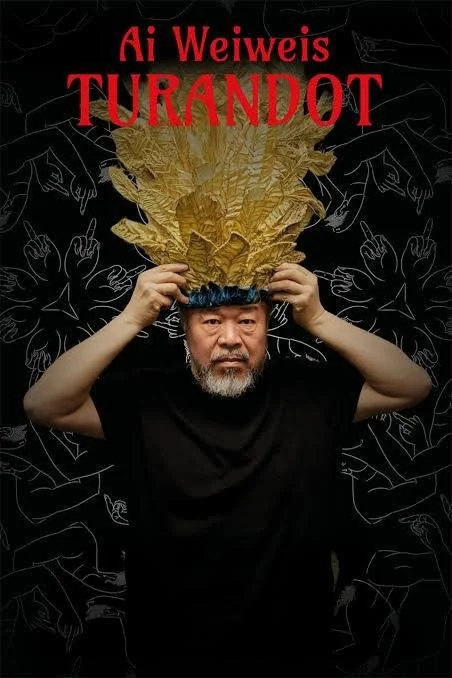Jill Johnson is an internationally renowned dancer, choreographer, artistic director, educator, producer, stager, movement consultant, and advisor. Her leadership in the dance field brings into service over three and a half decades of experience and a vast knowledge of diverse repertoires and methodologies to realize visionary, world-class programming, develop the next generation of artist leaders, and reimagine how the arts engage, intersect, and interact with all people. Ms. Johnson choreographs for film, television, dance, theater, opera; has danced in over 60 tours on 5 continents including A Quiet Evening of Dance; was a soloist with the National Ballet of Canada; principal dancer and researcher with William Forsythe for over three decades; stages Forsythe’s work worldwide. Director of Harvard Dance Center, Founder/AD Harvard Dance Project, and faculty, at Harvard University, 2011-2021, where she designed an innovative interdisciplinary program of study in dance and was a campus leader in DEIJ. Amongst her recent projects: LA Dance Project, Paris Opera Ballet, La Scala, Boston Ballet, San Francisco Ballet, Harvard Choruses, Dries Van Noten/Louvre Museum, V (Eve Ensler), American Repertory Theater, PBS’s Poetry in America, Sadler’s Wells Theater, and Equity Based Dialogue for Inclusion (EBDI).
JILL JOHNSON
Digital technology allows us to communicate and use imagination in all kinds of ways, but I do think it has created a barrier for just simple interactions. I think it has sped everything up because we can access things so quickly...I think that has sort of an isolation which then compels this kind of commercial sublimation of isolation, loneliness, and human. Keeping people interested in dance is exposing folks, no matter how big or small an audience, to the different ways of seeing.How can you place a value on solace, joy, or tenderness and vulnerability. I think that is what differentiates dance from any other art. I mean it is special in itself. It is your body language and it is really an inner expression as well.I learn on a daily basis. It is a constant grueling process and that is what is so incredible about the arts is that you never stop learning.
❧
Describing Forsythe’s Choreography for Step Text:
I had never seen anything like it and I thought, “this is possible?”...The articulation, the structures, the musicality, and the curtain coming in and out was just radical and amazing.I just wanted to be a part of it.If you remain curious just about anything as an artist, you can make it compelling...it reminds me of what a beautiful visual artist, Jack Whitten, talks about. He said that when people ask him what art is about, he says it’s giving structure to feelings. Also this notion that we can give meaning to something without it being a singular narrative. Something can have an individualized meaning. If it is meaningful in the conveyance of the dancer, everyone seeing that dancer or the group of dancers performing will receive something different that resonates with them in their life.
Dance articulates the ideas for which there are no words. So you know it can be what it is for you as a member of the public or an audience member or whatever it is for you in that moment. And you know it could be different tomorrow...“dance is an analog practice. So I think there is a certain cachet about that. It is tricky for people that are less familiar with dance. It requires a lot of time to practice over and over and the repetition is essential for finding that meaning. To find the efficiency of the execution of the step, but then what is it imbued with and how are you doing it.
❧
Well, I think dance chose me. I’ve always felt that it was a vocation and a calling...pulling me in that direction. I think that I’ve been lucky enough that I just always knew I wanted to do it. And in fact, I don’t think I even knew that it was dance, it was just who I was, to move in the world and move to music.
I had never seen anything like Forsythe’s Choreography for Step Text, and I thought, “This is possible?”...The articulation, the structures, the musicality, and the curtain coming in and out was just radical and amazing. I just wanted to be a part of it. If you remain curious just about anything as an artist, you can make it compelling...it reminds me of what a beautiful visual artist, Jack Whitten, talks about. He said that when people ask me (him) what art is about, I (he) say its giving structure to feelings. Also this notion that we can give meaning to something without it being a singular narrative. Something can have an individualized meaning. If it is meaningful in the conveyance of the dancer, everyone seeing that dancer or the group of dancers performing will receive something different that resonates with them in their life.
This interview was conducted by Caroline Dougherty & Mia Funk with the participation of collaborating universities and students. Associate Interviews Producer on this podcast was Hannah Steincamp. Digital Media Coordinator is Phoebe Brous.
Mia Funk is an artist, interviewer and founder of The Creative Process & One Planet Podcast (Conversations about Climate Change & Environmental Solutions).





























































































